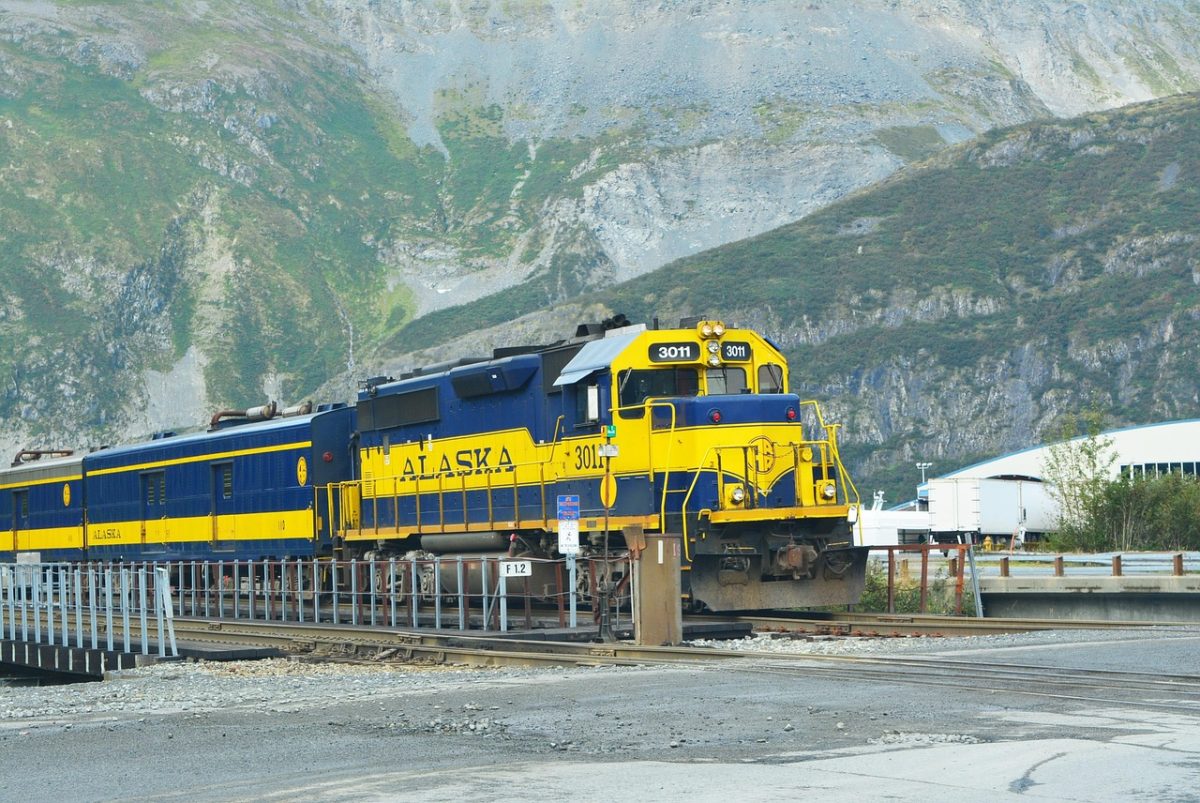
ANCHORAGE, ALASKA — The rhythmic hum of steel on track, the towering evergreens flashing by the panoramic windows, and the blue-gray expanse of Turnagain Arm unfurling just outside my seat — it’s a ride I’ll never forget. Several years ago, when my mother came to visit me in Anchorage, we booked seats on the Alaska Railroad’s famed Coastal Classic route. What followed was a breathtaking journey that reminded me not only of Alaska’s grandeur, but also of God’s creative handiwork in the wild places of this world.
The Coastal Classic is widely considered one of the most scenic train rides in North America, and it did not take long to understand why. The train departs from Anchorage in the early morning and travels south along the rugged coast all the way to the seaside town of Seward. The journey covers 114 miles of wilderness, each one offering a new and spectacular view — from snow-dusted peaks to glacier-fed rivers and the mirror-like waters of the Kenai Peninsula.
Inside the train, the experience felt both comfortable and immersive. Guests have multiple options for their ride. The Adventure Class seats are a good option and come with large picture windows and access to the onboard café. Passengers can also opt for the GoldStar Service, which includes upper-level dome seating. The staff were friendly and knowledgeable, sharing stories about the history of the railroad and the wildlife that sometimes appears along the route — moose, bald eagles, and even the occasional black bear.
One of the highlights of the journey was winding through the Placer River Valley, where the train slows to offer a close view of Spencer Glacier, its icy blue surface glowing in the morning light. It was here, nestled between mountain ranges, that I found myself quietly praying — thanking God for the chance to be in utter awe of His handiwork.
The Alaska Railroad itself is more than a scenic adventure; it’s a living piece of state history. Built in the early 20th century and completed in 1923, the railroad played a vital role in connecting remote regions of Alaska and fostering the growth of Anchorage and other communities. Today, it still serves both freight and passenger needs and remains one of the few railroads in the United States not connected to the broader North American rail network.
Our final destination, Seward, did not disappoint. This small port town is home to the Alaska SeaLife Center and serves as a jumping-off point for boat tours of Kenai Fjords National Park. But it was the journey, not just the destination, that left the deepest impression. As we stepped off the train, I could tell my mom was just as impressed as I was — not only by the natural beauty, but by the peaceful time we had spent together, unplugged and present.
For Christians, travel like this becomes more than sightseeing; it becomes worship. Romans 1:20 tells us that “God’s invisible qualities—his eternal power and divine nature—have been clearly seen, being understood from what has been made.” Riding the Coastal Classic, I saw those invisible qualities made visible in every mountain, river, and stretch of silent forest.
Whether you’re an Alaska resident like I was or a visitor seeking a deeper connection to the land, I wholeheartedly recommend the Alaska Railroad’s Coastal Classic. It’s more than a train ride — it’s a journey into God’s country.
References
Alaska Railroad. Alaska Railroad Corporation, https://www.alaskarailroad.com/. Accessed 25 June 2025.
“Alaska Railroad.” Encyclopedia Britannica, https://www.britannica.com/topic/Alaska-Railroad. Accessed 25 June 2025.
Alaska SeaLife Center. https://www.alaskasealife.org/. Accessed 25 June 2025.
Kenai Fjords National Park. National Park Service, U.S. Department of the Interior, https://www.nps.gov/kefj/index.htm. Accessed 25 June 2025.
Scripture taken from the Holy Bible, New International Version®, NIV®.Copyright © 1973, 1978, 1984, 2011 by Biblica, Inc.™Used by permission. All rights reserved worldwide.
Photography Credit
Image by Mariocus from Pixabay. Used by permission.
This Post is Sponsored by:

Click the ad for more details.
The Believer’s Byline is a publication of Thrive Christian Press.
Copyright © 2025 David Scott Fields II. All Rights Reserved.